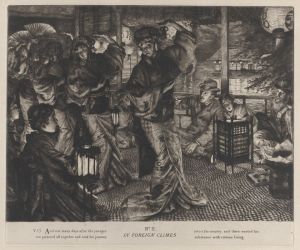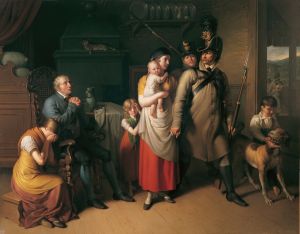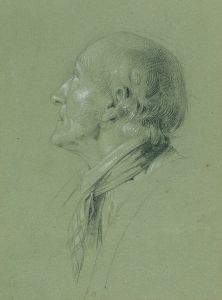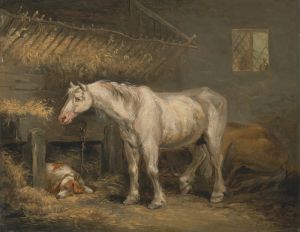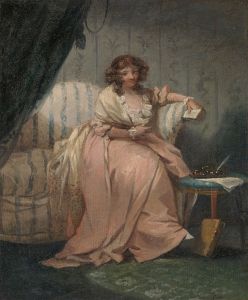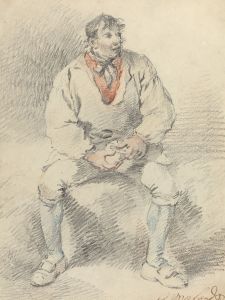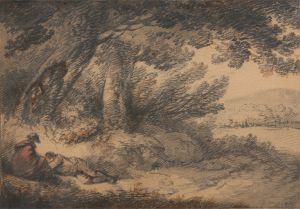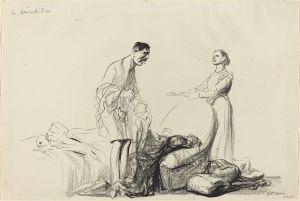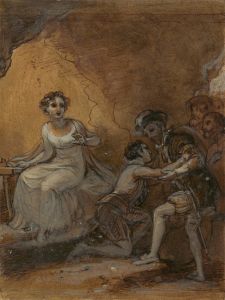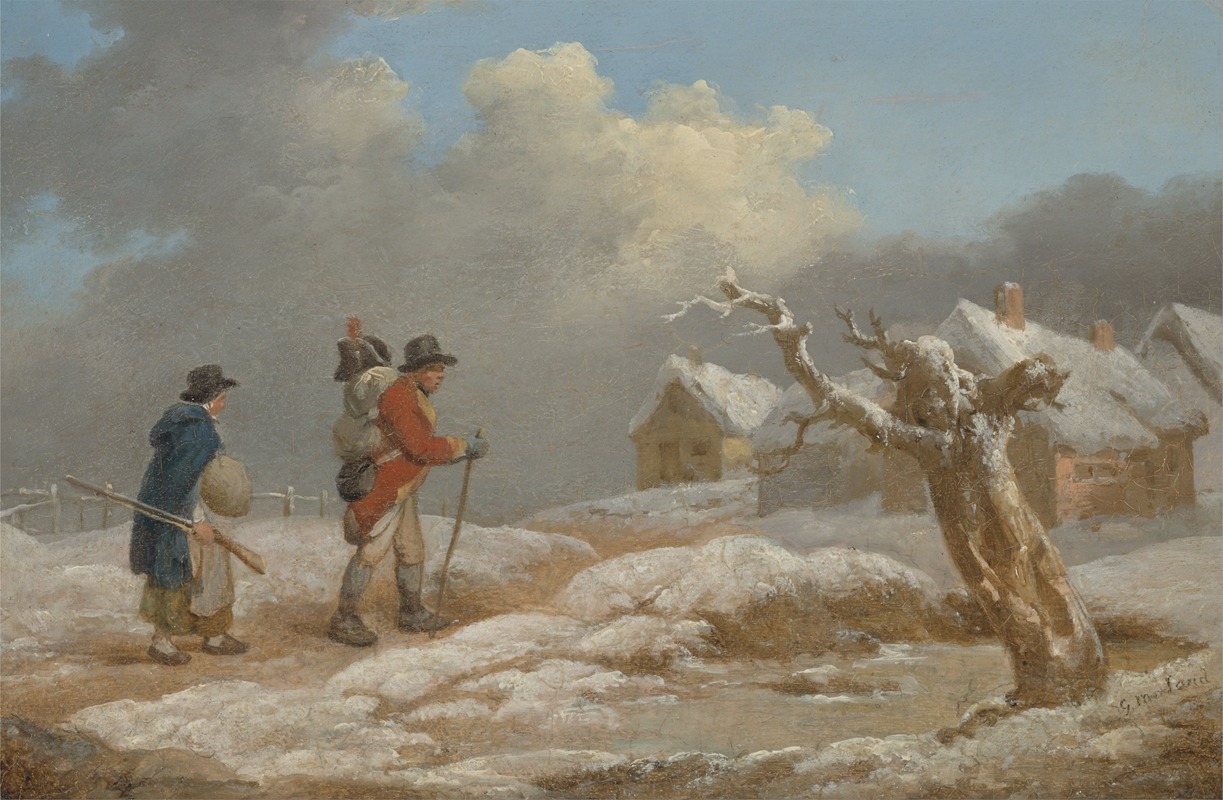
A Soldier’s Return
A hand-painted replica of George Morland’s masterpiece A Soldier’s Return, meticulously crafted by professional artists to capture the true essence of the original. Each piece is created with museum-quality canvas and rare mineral pigments, carefully painted by experienced artists with delicate brushstrokes and rich, layered colors to perfectly recreate the texture of the original artwork. Unlike machine-printed reproductions, this hand-painted version brings the painting to life, infused with the artist’s emotions and skill in every stroke. Whether for personal collection or home decoration, it instantly elevates the artistic atmosphere of any space.
George Morland was an English painter, born in London in 1763, who became well-known for his rustic and genre scenes. His works often depicted rural life, animals, and scenes of everyday activities, capturing the essence of 18th-century English countryside life. Morland's paintings are characterized by their lively compositions and the artist's keen observation of nature and human behavior.
"A Soldier’s Return" is one of Morland's notable works, reflecting his interest in the themes of domestic life and the impact of war on society. The painting portrays the emotional moment of a soldier returning home after service, a subject that resonated with the public during a time when Britain was frequently involved in military conflicts. This theme of reunion and the soldier's reintegration into civilian life was a common motif in art and literature of the period, reflecting societal concerns and the personal stories of those affected by war.
Morland's technique in "A Soldier’s Return" showcases his skillful use of color and light to convey mood and emotion. The composition typically includes the soldier, his family, and often a domestic setting that emphasizes the warmth and comfort of home. The artist's attention to detail in the figures' expressions and gestures adds a layer of narrative depth, inviting viewers to engage with the story being told.
The painting is also an example of Morland's ability to blend realism with sentimentality, a quality that made his work popular among a wide audience. His paintings were often reproduced as prints, making them accessible to those who could not afford original artworks. This widespread distribution contributed to Morland's reputation and influence during his lifetime.
Despite his success, Morland's personal life was marked by financial difficulties and struggles with alcoholism. These challenges affected his productivity and the quality of his later works. Nevertheless, his earlier paintings, including "A Soldier’s Return," continue to be appreciated for their artistic merit and historical significance.
Morland's work provides valuable insights into the social and cultural context of late 18th-century England. His paintings not only offer a glimpse into the daily lives of ordinary people but also reflect broader themes such as the impact of war, the importance of family, and the connection between humans and their environment. "A Soldier’s Return" remains a testament to Morland's talent and his ability to capture the complexities of human experience through art.
Today, George Morland's paintings are held in various collections, including major museums and galleries, where they continue to be studied and admired for their contribution to British art history. His work remains a subject of interest for art historians and enthusiasts who seek to understand the nuances of genre painting and its role in reflecting societal values and concerns of the time.





